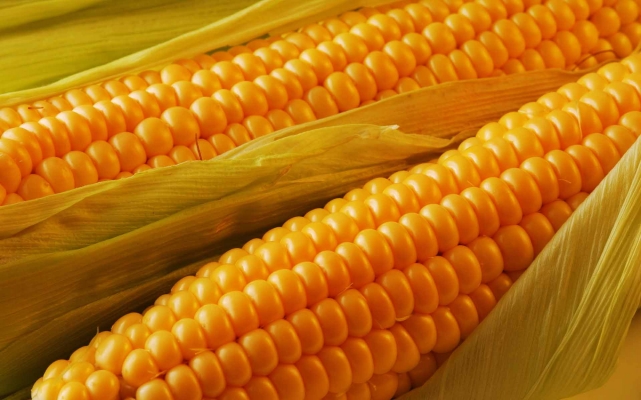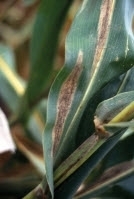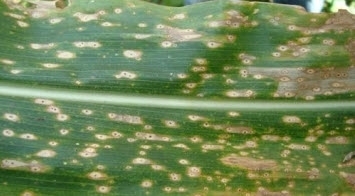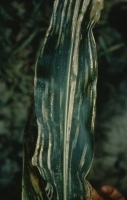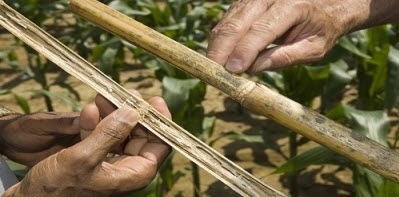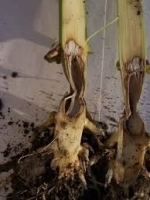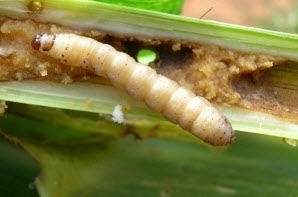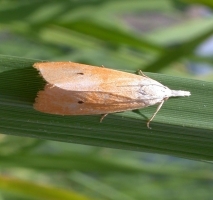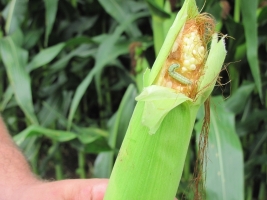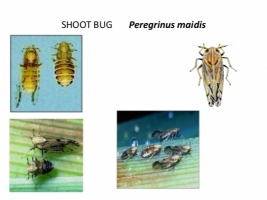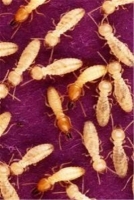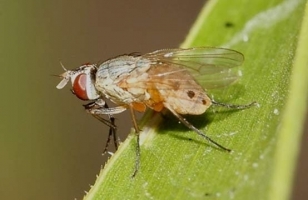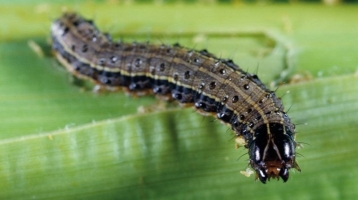PMH 1: Applicable for cultivation throughout the state, under irrigated conditions for kharif/spring and summer season. It is long duration varieties, matures in 95 days. Stem is sturdy and of purple color. Average yield is about 21 qtl/acre.
Prabhat: Long duration variety. Cultivated throughout the state under irrigated conditions kharif, spring and summer season. It is medium tall plant with medium thick stem and resistant to lodging. Matures in 95 days. Average yield is 17.5 qtl/acre.
Kesri: Medium duration variety, Matures in 85 days. Grains are of orange color. Gives average yield of 16 qtl/acre.
PMH-2: Short duration variety, mature in 83 days. Cultivated under rainfed as well as under irrigated conditions. This hybrid is tolerant to drought. Ears are medium long with orange flint grains. Average yield is about 16.5 qtl/acre.
JH 3459: Short duration variety, mature in 84 days. It is tolerant to drought and lodging. It has orange flint grains with average yield of 17.5 qtl/acre.
Prakash: It is drought tolerant early maturing (82 days) hybrid. It gives average yield of 15-17 qtl/acre.
Megha: Short duration variety, mature in 82 days. It has yellow- orange flint grains. It gives average yield of 12 qtl/acre.
Punjab sathi 1: Matures in 70 days, it is a short duration summer season variety. Tolerant to heat. Average yield is about 9qtl/acre.
Pearl Popcorn: Applicable for cultivation throughout the state, under irrigated conditions. It is composite variety of popcorn. It has medium plant height. Ears are thin, cylindrical with small round flint grains, Matures in 88 days. Average yield is 12 qtl/acre.
Punjab sweet corn: This variety is highly suitable for sweet corn on commercial basis. Because of its developing and immature grains in green ears possess high sugar content. Matures in 95-100 days. Its green ears average yield is 50 qtl/acre.
FH-3211: Developed by Vivekananda Parvatiya Krishi Anusandhan Sansthan, Almora. With mean average yield of 2643 kg/acre.
JH-10655: Developed by Punjab Agricultural University, Ludhiana. Tolerant to major diseases, average mean yield of this variety is 2697 kg/acre.
HQPM-1 Hybrid: Developed by Haryana Agricultural University. Gives average yield of 2514 kg/acre. It is resistant to major diseases like Maydis leaf blight (MLB) and Turcicum leaf blight (TLB).
J 1006: Developed by PAU, Ludhiana and released in 1992 for cultivation in Punjab. It is resistant to Maydis blight, brown striped downy mildew and stem borer.
Pratap Makka Chari 6: Developed by MPUA&T, Udaipur. It is a medium tall variety, stem is strong, medium thick and resists lodging. It matures in 90–95 days. Its green fodder yield potential is 187–200 qtl/acre.
Private companies varieties
Pioneer 39V92 & 30R77, Pro Agro 4640, Monsanto Hi, Shell & Double, Shri Ram Genetic chemical Ltd.Bio 9690 & Raj Kumar, Kanchan Seed, Polo, Hybrid Corn & KH 121 (Sonalika), Mahyco MPM 3838. Zuari C. 1415, Ganga Kaveri GK 3017, GK 3057, Syngenta India Ltd NK 6240.
Other state varieties
PEEHM 5: Pusa extra early hybrid makka. It is tolerant to high temperature. Suitable for sowing in Punjab, Haryana, Delhi and Uttar Pradesh. Gives average yield of 20 qtl/acre.
PC 1: Pusa composite 1, early maturing variety. It give resistance to stalk rot, corn borer and leaf blight. It gives average yield of 12 to 14 qtl/acre.
PC 2: Early maturing variety. It give resistance to stalk rot, leaf blight, sheat blight and brown stripe downy mildew. It give average yield of 14 qtl/acre.
PC 3: Early to medium maturing variety. It is tolerant to stem borer and give resistance to lodging and moisture stress. It give average yield of 16 qtl/acre.
PC 4: Early maturing composite. It is tolerant to stem borer and give resistance to lodging and moisture stress. It give average yield of 16 qtl/acre.

